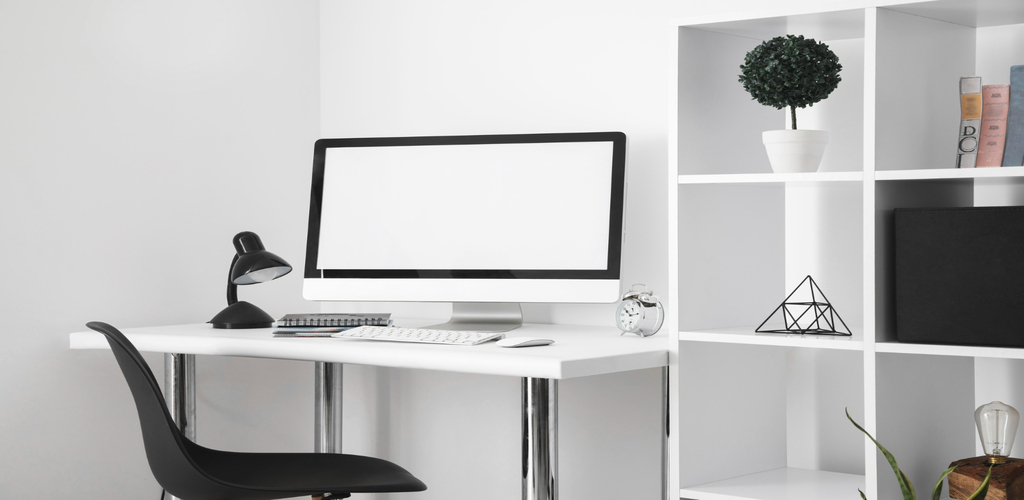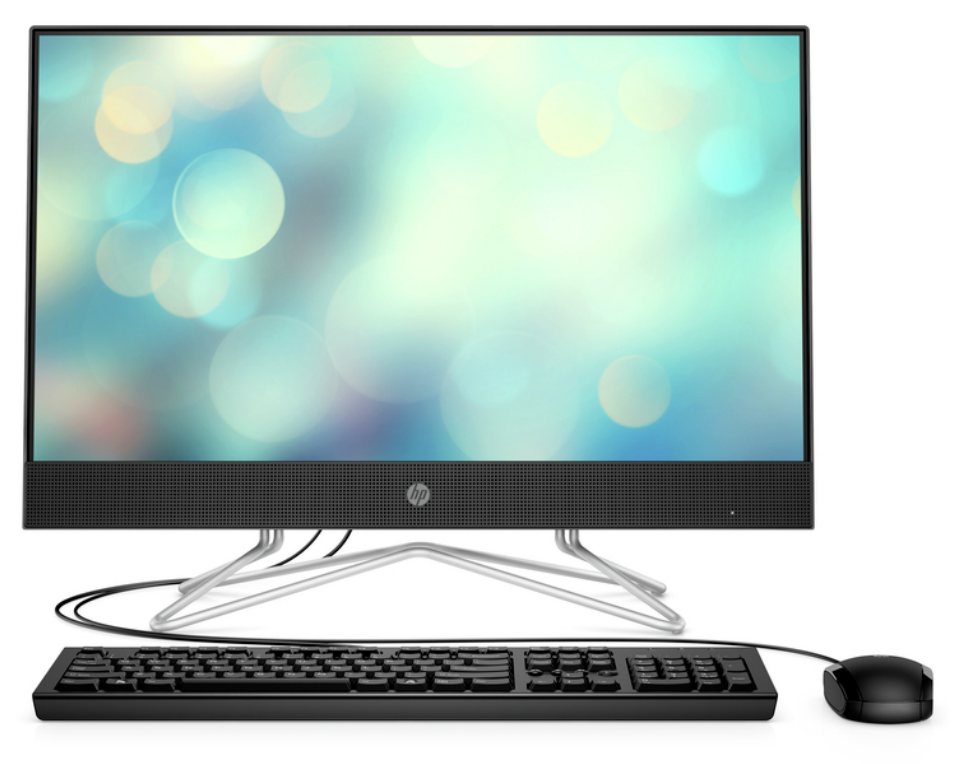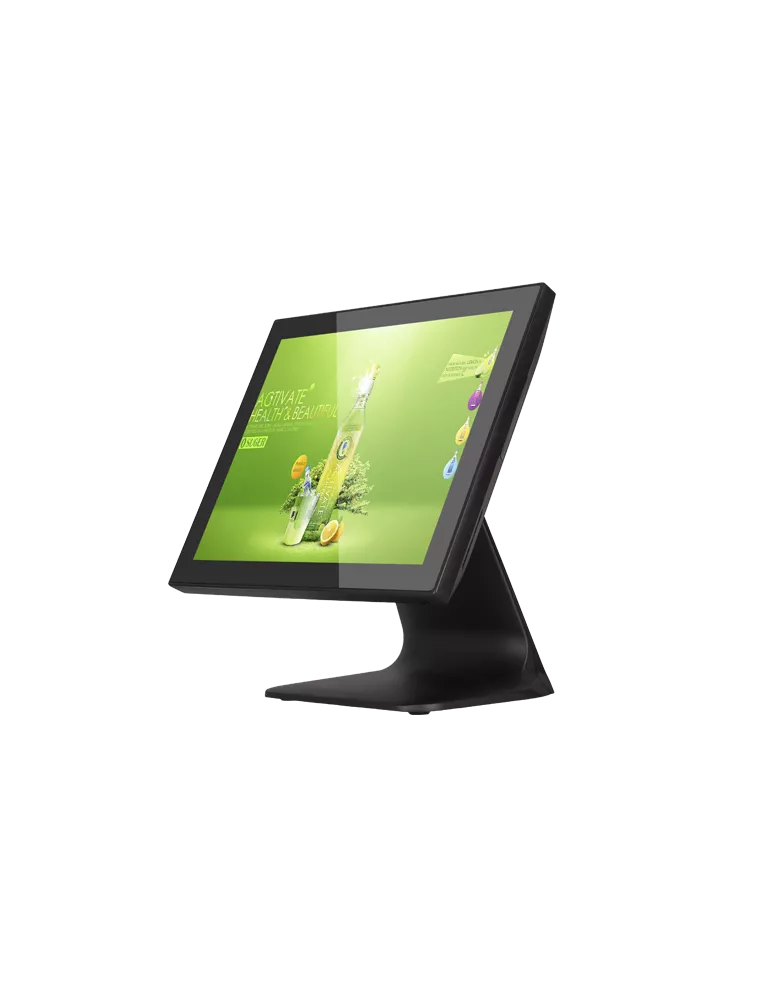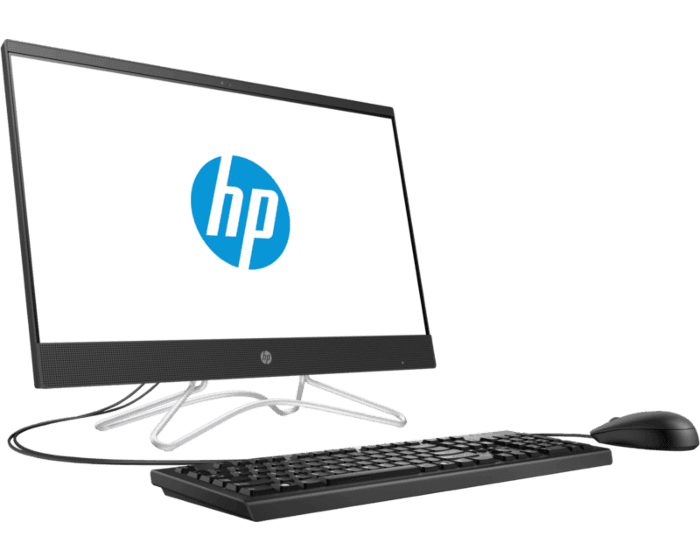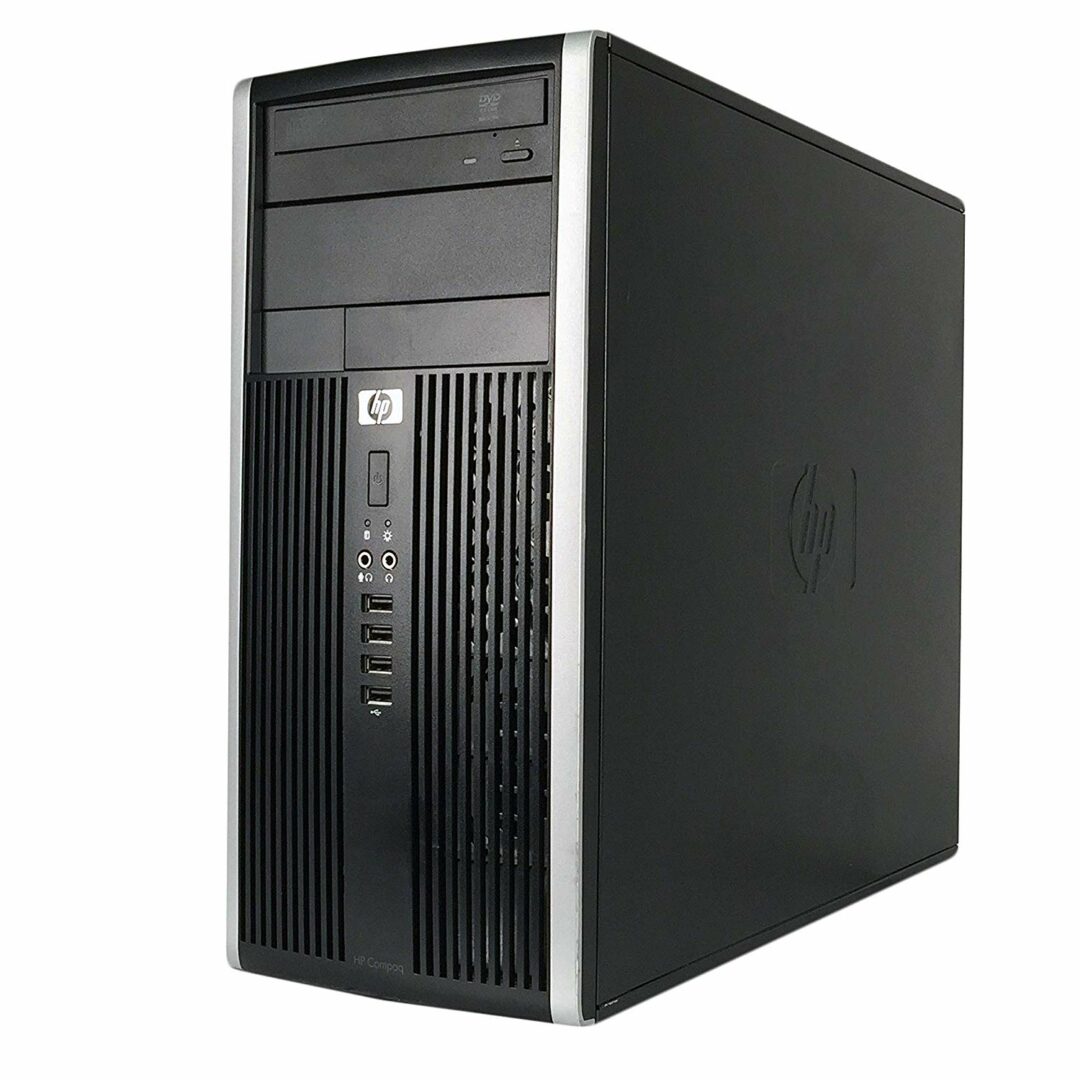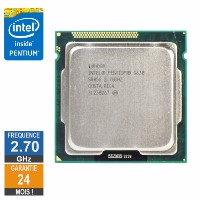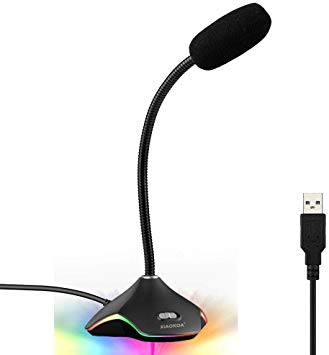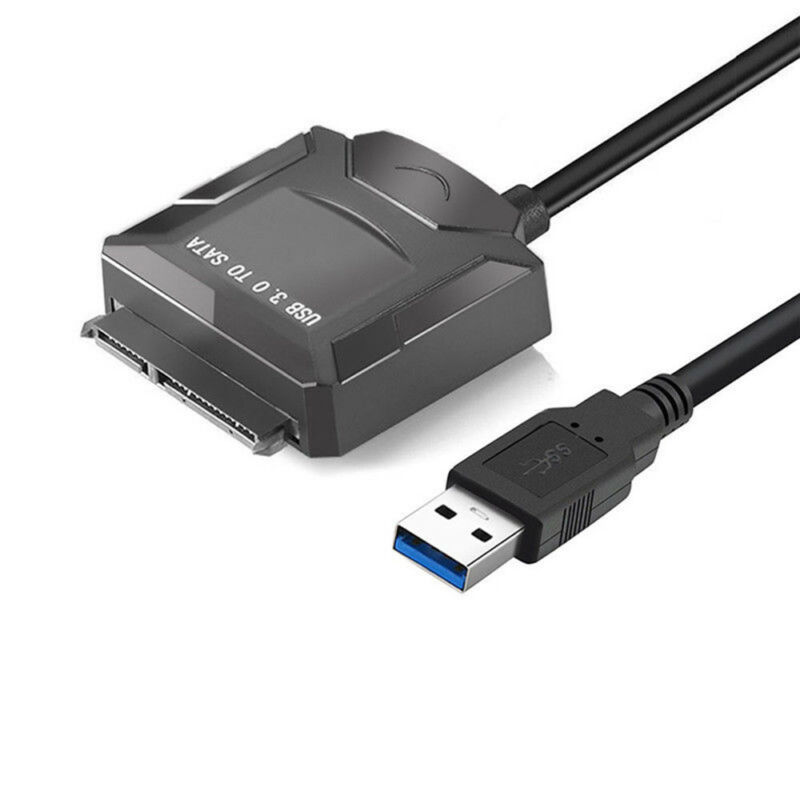Working from home has become increasingly popular in recent years. Whether you’re a freelancer, an entrepreneur, or an employee with a remote work arrangement, having a dedicated home office space is essential for productivity and focus. In this article, we’ll explore effective strategies and practical tips on how to create a home office space that works for you. By implementing these ideas, you’ll be able to design a functional and inspiring workspace tailored to your specific needs.
The Importance of a Well-Designed Home Office
A well-designed home office can significantly impact your work efficiency and overall well-being. It provides a designated area where you can separate your professional and personal life, leading to better work-life balance. Additionally, a thoughtfully designed home office can enhance your focus, creativity, and motivation. Let’s dive into the steps involved in creating a productive and personalized workspace.
Assessing Your Needs and Available Space
Before diving into the design process, it’s crucial to assess your needs and the available space in your home. Consider the following questions to help you determine the most suitable office setup for your situation:
- How much space can you allocate for your home office?
- Do you require a quiet environment for concentration, or can you work effectively in a more lively setting?
- What equipment and tools do you need to perform your work tasks efficiently?
- Are there any specific ergonomic requirements to consider?
By addressing these questions, you’ll gain a better understanding of your requirements and be able to plan accordingly.
Designing the Layout and Furniture Selection
Once you’ve evaluated your needs and space availability, it’s time to design the layout of your home office. Here are some key considerations to keep in mind:
1. Utilize Natural Light
Position your workspace near a window to maximize natural light intake. Natural light not only improves mood and productivity but also reduces eye strain and fatigue.
2. Choose the Right Desk and Chair
Invest in a comfortable and ergonomic desk and chair that promote good posture and provide ample support for your back and arms. Remember, you’ll be spending long hours at your desk, so prioritize comfort and functionality.
3. Consider Storage Solutions
Efficient storage solutions are essential to keep your office organized and clutter-free. Opt for shelves, cabinets, or drawers to store documents, office supplies, and other essentials. This will help you maintain a tidy and efficient workspace.
4. Create Zones for Different Activities
If your work involves multiple tasks, create separate zones within your home office. Designate areas for focused work, meetings, brainstorming, and relaxation. This division will help you mentally switch between different work modes and maintain productivity.
5. Personalize Your Space
Make your home office an inspiring and personalized space. Decorate with items that motivate and reflect your personality. Add plants, artwork, or photographs to create a pleasant and inviting atmosphere.
Consider visiting NatcomStore for your office supplies
Enhancing Productivity and Focus
A well-designed home office goes beyond aesthetics. It should also support your productivity and focus. Here are some strategies to optimize your workspace for peak performance:
1. Minimize Distractions
Identify potential distractions in your environment and take steps to minimize them. This could involve keeping your workspace away from high-traffic areas, using noise-canceling headphones, or implementing digital tools to block online distractions.
2. Establish Boundaries
Communicate clear boundaries with your family members or roommates to minimize interruptions during work hours. Setting these boundaries will help you maintain a professional mindset and avoid unnecessary distractions.
3. Incorporate Greenery
Introducing plants into your home office can have a positive impact on your productivity and well-being. Plants improve air quality, reduce stress levels, and increase focus. Consider adding low-maintenance plants such as succulents or small potted plants to your workspace. Not only will they enhance the aesthetics of your office, but they will also create a calming and refreshing atmosphere.
4. Optimize Lighting
Good lighting is crucial for a functional home office. In addition to utilizing natural light, incorporate artificial lighting options that provide adequate brightness. Consider a combination of ambient, task, and accent lighting to create a well-lit and balanced workspace. Adjustable desk lamps can be particularly useful for directing light where you need it most.
5. Declutter Regularly
Maintaining a clutter-free workspace is essential for productivity. Take a few minutes at the end of each day to declutter your desk and organize any loose papers or materials. A clean and organized environment promotes focus and reduces mental distractions, allowing you to work more efficiently.
FAQ
In a small apartment, utilize multifunctional furniture like desks with built-in storage or wall-mounted shelves to maximize space. Consider creating a designated workspace in a quiet corner or even repurposing a closet as a compact office nook.
Look for budget-friendly options such as purchasing second-hand furniture or repurposing existing items. You can also explore DIY projects to create custom storage solutions or find affordable office supplies online.
A desk setup that allows you to maintain proper posture is crucial. Look for an adjustable desk and chair that can be tailored to your specific height and comfort requirements. Ensure that your wrists are straight and your eyes are level with the top of your computer screen to avoid strain.
Personalize your workspace with items that inspire you, such as motivational quotes, artwork, or photos. Choose colors that uplift your mood and incorporate elements of your hobbies or interests to create a space that reflects your personality.
While having a separate room for a home office is ideal, it’s not always possible. The key is to create a dedicated space, even if it’s a corner of a room, to establish boundaries and minimize distractions.
Establish a routine, set clear goals, and reward yourself for accomplishing tasks. Take regular breaks, engage in physical activity, and connect with colleagues or fellow remote workers to stay motivated and combat feelings of isolation.
Conclusion
Designing a home office space that caters to your specific needs is essential for a productive and fulfilling work-from-home experience. By assessing your requirements, optimizing the layout, and incorporating elements that promote focus and well-being, you can create a workspace that inspires creativity and boosts productivity. Remember to personalize your office, declutter regularly, and implement strategies to minimize distractions. With a well-designed home office, you’ll be equipped to work efficiently and comfortably in the comfort of your own home.
Consider visiting NatcomStore for your office supplies.



